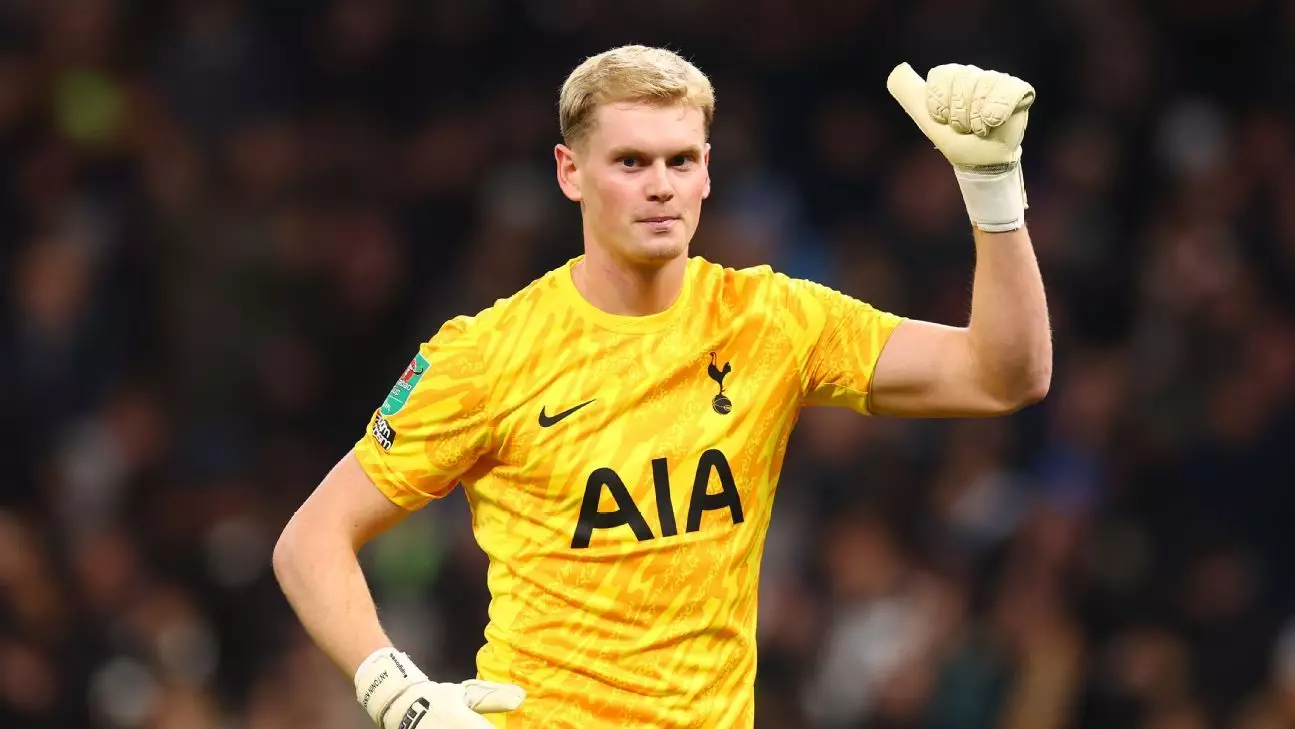The Premier League remains a powerhouse when it comes to football transfers, with clubs spending nearly £2 billion in the latest summer window. This staggering figure highlights the relentless pursuit of talent that characterizes England’s top-flight football. However, when juxtaposed against the meager £96.2 million spent in January—the lowest in three years—it raises intriguing questions about the financial strategies of these clubs going forward. As we look ahead to 2025, it is essential to analyze the significant transfers made this season, the rationale behind them, and what they may imply for the future of the league.
One cannot overlook the stark contrast between summer and winter transfer activities. The Premier League’s January window has historically been less vibrant, tending to feature either overpriced transfers or clubs hesitating to spend. The £96.2 million spent last January suggests a wait-and-see approach, where clubs prioritize stability and squad depth over impulsive acquisitions. Such a conservative strategy might be indicative of financial prudence in light of global economic uncertainties, or perhaps a calculated gamble that positions clubs for summer bonanzas.
The upcoming transfer landscape, particularly in January 2025, could very well reflect the results of these earlier decisions. Clubs may focus on enhancing existing squads rather than taking risks on fresh faces, especially given that the recent window showed an inclination toward nurturing young talent rather than established stars. This long-term approach emphasizes a shift towards value in the transfer market, where clubs invest in potential rather than proven success.
This summer’s transfer window was particularly noted for moves involving young, promising players, often from lesser-known leagues. For instance, Bournemouth’s acquisition of Lanús’ 19-year-old left-back has captured attention due to the prospect’s significant upside. Young players like this are seen not only as immediate assets but as future cornerstones of the starting eleven. Bournemouth’s proactive move indicates a broader trend in the league: clubs are keen on identifying and signing youthful talents who can evolve into stars in their respective roles.
Similarly, Tottenham’s acquisition of Yang, the Young Player of the Year in Korea, underscores this trend. Such investments represent low-risk, high-reward scenarios. By securing these players early in their careers, clubs can cultivate talent, which may provide them competitive advantages in years to come. If they thrive, the financial returns from later transfers can be immense.
As clubs continue to invest in extensive scouting networks and analytics, their ability to spot talent becomes a crucial differentiator in transfer strategy. Player performance data and potential analyses are increasingly vital in decision-making. This trend elevates the role of data-driven approaches in scouting, helping clubs justify their expenditures through projected future contributions and market value appreciation.
Take Brighton’s swift move for Gómez, for instance. His rapid rise from Paraguay to the Premier League, coupled with productive teamwork alongside Lionel Messi at Inter Miami, demonstrates how analytical insights into player performance can facilitate more informed decisions. This underscores a shifting paradigm; clubs that effectively utilize data are well-positioned to secure bargains before their targets become household names.
Looking toward the 2025 transfer window, the winds of change appear to be blowing in favor of long-term planning. The Premier League clubs’ focus on developing homegrown talents and scouting young international players suggests a sustainable approach that could reshape the competitive landscape. As financial regulations evolve and clubs aim for compliance, we may witness increased collaborations with youth academies and scouting networks abroad.
While the past summer was marked by splurges, it’s the calculated risks and strategic investments in young talent that will define the Premier League’s future dynamics. In the end, the clubs that commit to nurturing their players rather than seeking instant gratification may reap significant rewards as the footballing ecosystem continuously adapts to new realities. As we transition into a new footballing era, patience, and foresight may prove to be invaluable commodities for clubs navigating the complex web of transfers.

